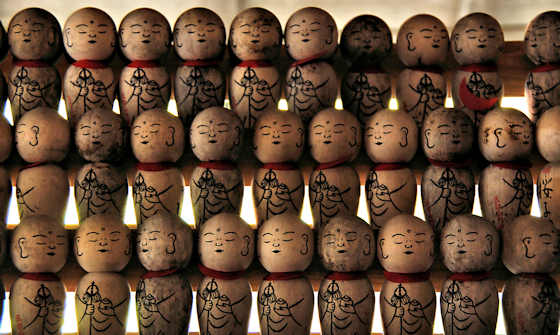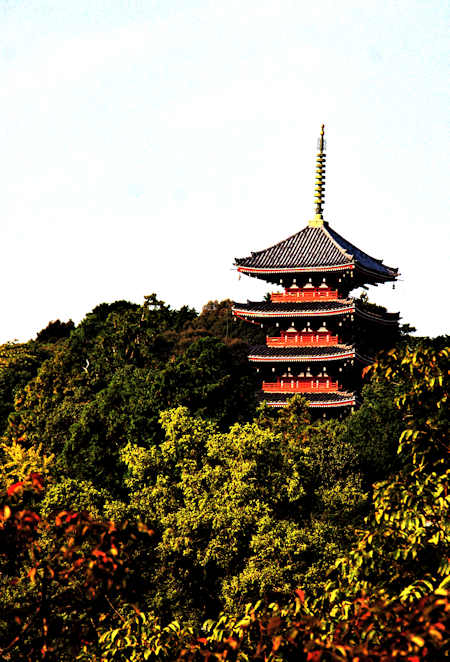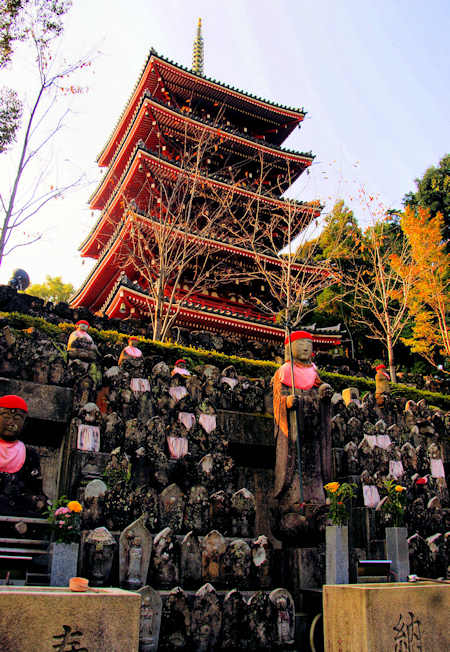Its the onlly temple on the Shikoku Pilgrimage that is dedicated to Monju Bosatsu, and legend has it that Gyogi carved the statue.
Sunday, April 24, 2016
Chikurinji Temple 31 on the Shikoku Pilgrimage
Its the onlly temple on the Shikoku Pilgrimage that is dedicated to Monju Bosatsu, and legend has it that Gyogi carved the statue.
Friday, April 22, 2016
Nogata Memorial Hall of Coal
Wednesday, April 20, 2016
Flowers of Shikoku part 3
Seeing lots of flowers in recent weeks prompts me to post these pics of flowers encountered along my walk on the Shikoku Pilgrimage.
I didn't walk it in the spring, but the other 3 seasons, so these photos are from late autumn and winter.
Of course not everything encountered in Japan is real..... fake flowers being particularly popular at temples......
Though lots of flowers are grown under glass year round to supply the need....
In late winter when I finished the pilgrimage the camelias were out. The two previous posts of Shikoku flowers are here and here
Monday, April 18, 2016
Taga Shrine Nogata
Next stop was the nearby Coal Museum as this was a major coal-producing region of Japan until the mid 20th century
Monday, April 11, 2016
Ensei-ji & Konpira-sha
Enseiji Temple, located down a small side street in Hagi is an example of something that was once the norm but is now unusual, it is both a temple and a shrine on the same site.
It is home to the biggest stone lantern in the prefecture as well as a huge Tengu mask. It is famous for being the temple where Ito Hirobumi, Japans first Prime Minister, studied as a child. I did hear that his uncle was a priest here.
The reason given why the shrine and temple were not forced to seperate is that they were holding writings of an imperial princess from several centuries earlier. As stated it doesnt make sense, but they were not forced to separate.
The shrine is a Konpira, a branch of the famous one on Shikoku known for protection for sea journeys. The temple part is Shingon and the honzon is a Jizo. The temple was founded in the 13th Century, a long time before the castle town was built.
Friday, April 8, 2016
More Monkeys of Koshinsha
I am intrigued by the eclectic collections of figures left at various kinds of "folk" altars around Japan.
So here are some more of the monkeys left at Koshinsha in Nogata.
Toys and dolls can often be found alongside icons from Shinto, Buddhism, Hinduism and even sometimes Christianity.
Sarubobo dolls and ema were also prevalent.
Labels:
koshin,
kyushu108,
monkey,
sarutahiko,
Shrine
Wednesday, April 6, 2016
Kumano Sansho Omiwasha
I started my walk along the Saigoku Kannon Pilgrimage in Nachi on the south coast of Wakayama. The first temple is Seigantoji at the famous Nachi Falls, and for the first 8 days the Saigoku Pilgrimage follows the Kumano Kodo.
Just across from the station in Nachi is Kumano Sansho Omiwasha, a subsidiary shrine of Nachi Taisha, and right next door to Fudurakusanji, the temple it was a part of until the separation of shrines and temples in early Meiji.
People would stop at the shrine to purify before heading next door to the temple and then on up the valley to the falls.
The three kami enshrined here are the three Kumano kami enshrined at Nachi, Shingu, and Hongu, Fusumi no okami, Hayatamano, and Ketsumiko no mikoto.
Labels:
fusumi no okami,
hayatamano,
ketsumiko no mikoto,
kumano,
kumano kodo,
nachi,
saigoku,
Shrine
Monday, April 4, 2016
Some monkeys at Koshinsha
The popular form of Koshin worship is now associated with the famous three monkeys and also with Sarutahiko. Statues of monkeys are therefore often found at Koshin sites.
At the Koshinsha in Nogata there were dozens and dozens of them, though my favorite must be the one in the first photo. A very happy monkey.
The eclectic collections of statues and dolls left by devotees at sacred sites popular in what is called "folk" religion around Japan intrigue me.
The figure below, a monkey carrying a gohei. a purification wand, is something I have seen a few times before.
Labels:
koshin,
kyushu108,
monkey,
sarutahiko,
Shrine
Friday, April 1, 2016
Koshinsha, Nogata
Koshinsha is a site dedicated to the Koshin faith. Origiunally Chinese Taoist in essence it was introduced into japan from Korea in the 8th Century.
Adherents stay awake all night every 60 days on Ko Shin days to stop 3 "worms" from leaving their body and reporting to a god about their good and bad behaviour.
Koshin faith became influenced by Buddhism, and in the middle of the Edo period by a branch of Confucian Shinto that equated the faith with Sarutahiko. In Meiji it was discredited as "superstition" though it has survived a little. There is also a small Inari shrine in the grounds.
At some point in its history the symbolism of the three monkeys became a part of it, and that is its most common identity today.
Subscribe to:
Posts (Atom)




































